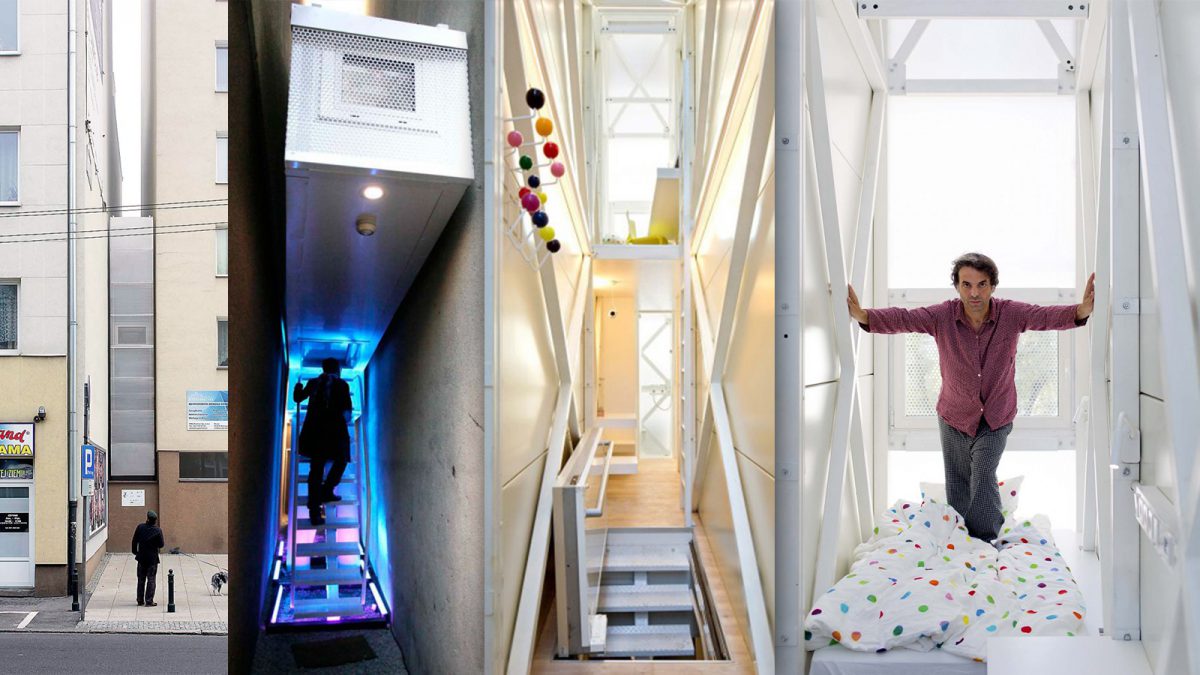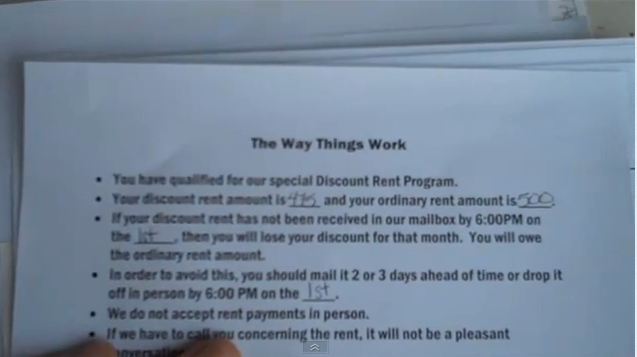I don’t really, but what better way to get your attention?
As landlords, most of us have heard of that old urban myth. You know the one… a guy who knows a guy, who’s a landlord, who suddenly finds out that the perfectly nice couple who had been renting out the house were in fact running a marijuana grow-op. There are variations on the story as well, sometimes it’s a crack house, sometimes it’s a meth lab. This story — in all it’s incantations — has popped into our brains in some way, shape, or form at some point in time.
This is the reality…
The RCMP estimate that there are about 50,000 grow-ops in Canada. They’re in single family homes, basement apartments, and even in Toronto high rise condos. Most landlords are probably oblivious to this fact — and even more alarmingly — they’re often oblivious to the massive insurance pickle they’ll find themselves in if they end up renting to someone who decides to make their unit a reefer lab.
Read this great article by Ottawa lawyer Howard Yegendorf. Landlords need to be aware that the majority of liability insurance policies have a specific exclusion for damage caused by your tenant’s marijuana grow-op. That’s just the insurance problem. There’s also the criminal enterprise element. Seriously. Have you seen Oliver Stone’s Savages? Property management is hard enough. Having something comparable to a Breaking Bad season in real life is the absolute last thing you or any other tenants in the property need.
So what do you do? Well, here are some tips:
- Perform tenant screenings. There’s a variety of other background checks your can perform as well, such as a criminal record check and an employment verification.
- Have an airtight lease that clearly articulates the expectation of no criminal activity on the premises and that the tenant will provide reasonable access to the landlord.
- Visit and inspect your property regularly. Remember – landlords are allowed to visit their units for routine inspections with proper notice given. Landlords should be familiar with rental property inspection laws uk . You’d be surprised how many don’t do this. Get into this habit.
- Talk to your tenants. Communicate with them. That’s always a good way to get a sense of what’s going on at the property. If you’re hearing about a lot of suspicious people coming and going constantly that could be a tip worth keeping in the front of your mind. Grow-ops have a tendency to have a lot of runners coming in and out of the place.
Here’s some tips on what to look out for:
- Look out for any hydro alteration or electrical bypass. Things like holes in the foundation that weren’t there before should be treated as suspicious.
- Did the renter spend a lot of time viewing the breaker-boxes, wiring and plumbing fixtures? Were they asking a lot of questions about power distribution in the property? Believe it or not, this happens. More often than not, illegal growers attempt to steal hydro by altering how it comes into the unit.
- Be weary if tenants want to pay their rent in cash. Seriously. Who pays in cash? People who deal with a lot of cash, like servers, even have bank accounts.
- If a tenant discloses that they plan to have the utilities registered under a different name, that’s weird.
- Evasive answers and vague information on a rental application. This should set off a flag anyways.
- Condensation or darkened windows in the unit. Cardboard and blacked out windows foster an effective grow environment. That’s not normal.
- Tenant unloads copper and/or PVC pipe, soil, halogen lamps, large amounts of black plastic aluminum ducting, and fans.
In hiring a contractor for your siding installation in Utah, be sure to do your due diligence. There are many reputable home siding contractors with the knowledge and experience to get your siding job completed.
Have you ever had a marijuana grow-op in one of your rental properties? Know anyone who has? Share your thoughts with us.






